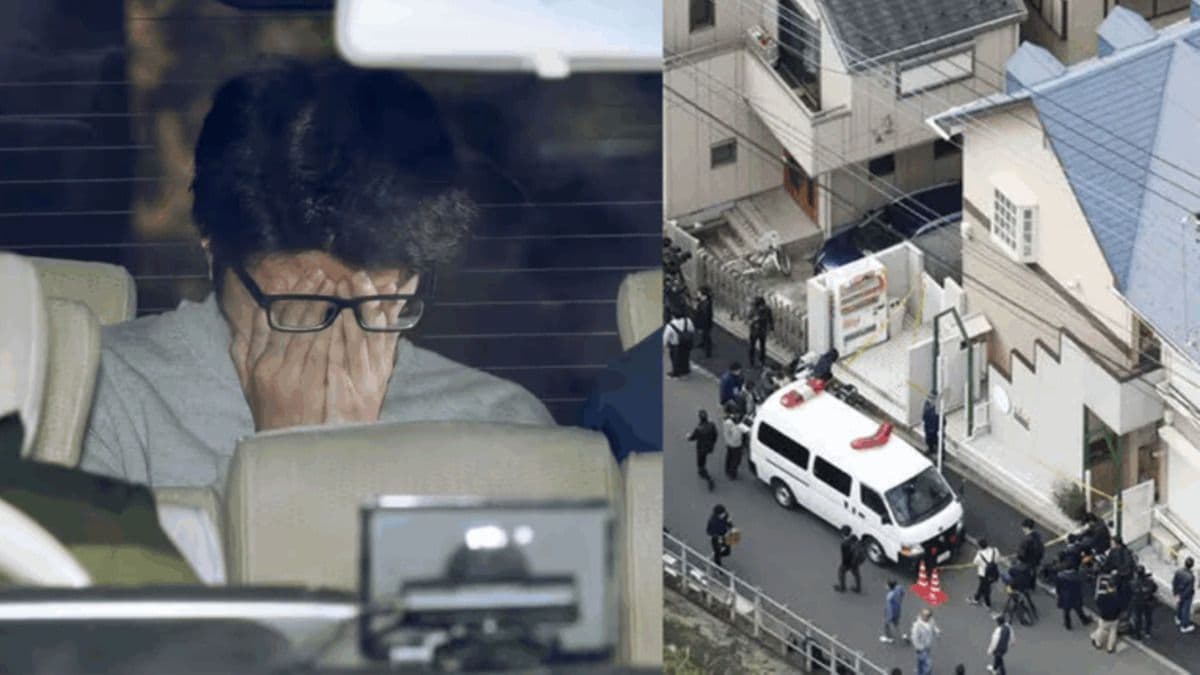Japan executes “Twitter killer” Takahiro Shiraishi in first hanging since 2022
Japan executed Takahiro Shiraishi, the “Twitter killer,” on 27 June 2025, its first use of capital punishment since July 2022. Convicted of murdering nine people in 2017, Shiraishi was hanged at Tokyo Detention House, reigniting debate over Japan’s death penalty system.

- Takahiro Shiraishi, the “Twitter killer,” was executed by hanging on 27 June 2025.
- He murdered and dismembered nine people in 2017 after luring them through social media.
- The execution, Japan’s first since 2022, has revived scrutiny of the country’s death penalty system.
Japan has executed Takahiro Shiraishi, known as the “Twitter killer,” marking the country’s first use of capital punishment in nearly three years.
The 34-year-old was hanged at the Tokyo Detention House on 27 June 2025, according to reports by NHK and international news agencies.
Crimes that shocked Japan
Shiraishi was convicted of murdering and dismembering nine people—eight women and one man—at his apartment in Zama City, Kanagawa Prefecture, in 2017.
The victims, aged between 15 and 26, were contacted through Twitter, now known as X, after they posted about suicidal thoughts. Shiraishi lured them by offering assistance with their deaths before killing them.
Investigators discovered body parts stored in coolers inside his apartment following a missing persons inquiry that led police to his home in October 2017.
The case attracted widespread international attention because of its brutality and the way social media was used to target vulnerable individuals.
Legal process and execution
Shiraishi was charged with murder, robbery, and sexual assault, and sentenced to death in 2020. His defence team initially filed an appeal, but he later withdrew it, finalising his death sentence in January 2021.
Under Japanese law, executions are supposed to take place within six months of a finalised sentence, though delays are common.
Justice Minister Keisuke Suzuki authorised the execution, stating that the crimes were “extremely selfish and heinous” and had caused “deep pain and shock to society,” according to Reuters.
This execution is also the first to take place under Prime Minister Shigeru Ishiba, who assumed office earlier in 2025.
Japan’s use of capital punishment
Japan is one of only two Group of Seven nations, alongside the United States, to retain the death penalty. Hanging is the sole method used.
As of December 2023, 107 people remained on death row, Justice Ministry data showed.
Human rights groups and international observers have repeatedly criticised Japan’s execution system, pointing to its lack of transparency. Inmates are typically informed only hours before their execution, contributing to psychological strain after years of solitary confinement.
Despite these criticisms, capital punishment retains broad domestic support. A 2024 government survey of 1,800 citizens found that 83% favoured keeping the death penalty, describing it as “unavoidable.” Japanese courts and political leaders frequently cite this public sentiment as justification for maintaining the system.
Context of previous executions
The last execution before Shiraishi’s was that of Tomohiro Kato in July 2022, responsible for a 2008 mass stabbing in Tokyo’s Akihabara district that left seven dead.
Other major executions included Shoko Asahara and 12 members of the Aum Shinrikyo cult in 2018, who were convicted over the 1995 Tokyo subway sarin gas attack.
Shiraishi’s case has reignited debate over Japan’s use of capital punishment, particularly its treatment of inmates with mental health issues and the ethical implications of last-minute execution notices.








0 Comments